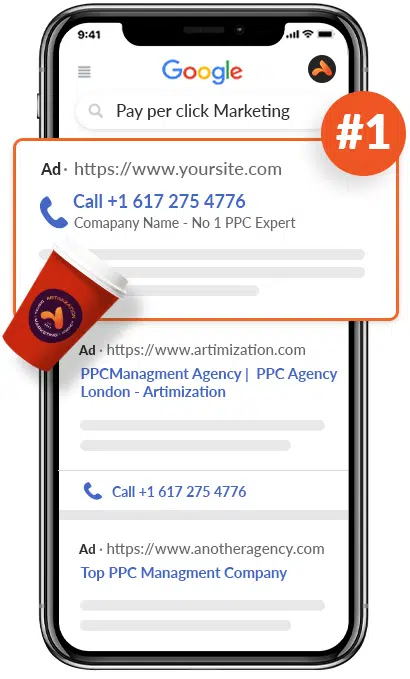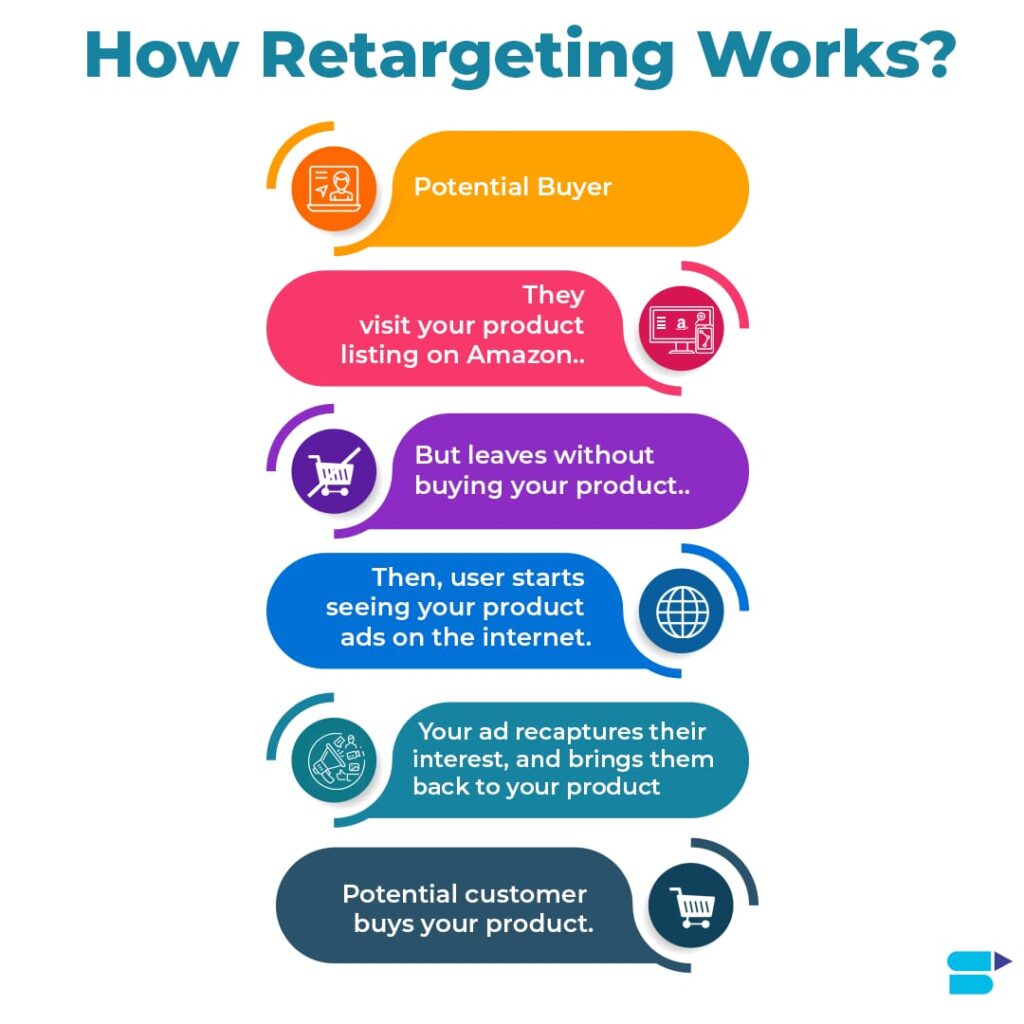Pay Per Click (PPC) Agency
Schedule a free consultation with our team and let’s make things happen!

Our PPC Process
Pay Per Click (PPC) Campaigns require ongoing optimization and adjustments that are custom tailored to your business needs. You need a Pay Per Click agency that will understand your needs and adjust the game plan real time.
Kick Off Call
We get to know you, your business, and your business goals by asking key business questions. The kick off call sets us in the right direction
Strategy creation
After we understand your goals, we analyze your website, rankings, and competition to understand the competitive landscape
Ongoing Work
On a regular basis, we track ad performance, ad spend, and on page analytics. We recommend updates as necessary.
Reporting
We regularly review our progress with you and determine how we should proceed to get ahead of your competition.
Why are we different?
Pay Per Click (PPC) Campaigns require ongoing optimization and adjustments that are custom tailored to your business needs. You need a Pay Per Click agency that will understand your needs and adjust the game plan real time.
What Are The Most Popular Types of PPC?
In the world of digital advertising, Google Search Ads reign supreme, delivering highly relevant and immediate results to businesses of all sizes. These ads, also known as Google Ads or Pay-Per-Click (PPC) Ads, play a pivotal role in driving website traffic, increasing conversions, and boosting ROI. In this article, we’ll dive into what Google Search Ads are, how they work, and why they’re a vital component of any successful online marketing strategy.
What Are Google Search Ads?
Google Search Ads are a form of online advertising displayed within the Google search engine results pages (SERPs). These ads appear at the top, bottom, or alongside organic search results when users enter relevant search queries. Unlike display ads, which rely on visual elements, search ads are primarily text-based and designed to match users’ search intent.
Key Components of Google Search Ads:
Keywords: Advertisers select keywords or search terms that trigger their ads when users search for those specific terms. Keyword selection is crucial for targeting the right audience.
Ad Copy: Advertisers create concise text-based ad copy that includes a headline, description, and a URL. The copy should be compelling and relevant to the user’s search intent.
Bidding: Advertisers set a maximum bid for each keyword, indicating the maximum amount they’re willing to pay for a click on their ad. Higher bids can lead to better ad placement.
Quality Score: Google assigns a Quality Score to each ad based on its relevance, click-through rate (CTR), and landing page quality. A higher Quality Score can result in better ad positioning and lower costs.

Google Display Ads

In the vast landscape of online advertising, Google Display Ads stand out as a powerful tool for marketers looking to reach a diverse audience and drive brand awareness. These visually engaging advertisements have the potential to capture attention and deliver impressive results. In this article, we’ll delve into what Google Display Ads are and why they are a valuable asset in your digital marketing arsenal.
What Are Google Display Ads?
Google Display Ads, also known as Display Advertising or Google Display Network (GDN) Ads, are a type of online advertising that appears on websites, mobile apps, and other online platforms within Google’s extensive network. Unlike traditional text-based search ads, Display Ads feature eye-catching visuals, including images, videos, and interactive elements. These ads are designed to capture the attention of users while they browse content across the internet.
Key Components of Google Display Ads:
Ad Formats: Google Display Ads come in various formats, including image ads, responsive ads, video ads, and interactive ads. Marketers can choose the format that best suits their campaign goals.
Targeting Options: Display Ads offer robust targeting options, allowing advertisers to reach specific audiences based on demographics, interests, behaviors, and more. This precise targeting ensures your ads are seen by the most relevant users.
Placements: Advertisers can choose specific websites, apps, or placements within the Google Display Network where they want their ads to appear. This control helps ensure that ads align with the content and context of the chosen platforms.
Ad Auction: Google Display Ads participate in real-time ad auctions, where advertisers bid for ad placements. The bid, ad quality, and relevance to the audience determine which ads get displayed.

Retargeting Ads
What Are Google Retargeting Ads?
Google retargeting ads are a form of online advertising that target users who have previously visited your website but did not complete a desired action, such as making a purchase, filling out a form, or signing up for a newsletter. These ads are designed to re-engage with these users and bring them back to your website, where you can encourage them to take the desired action.
How Do Google Retargeting Ads Work?
The process of Google retargeting ads can be broken down into several key steps:
Visitor Interaction: A user visits your website, browses products, or explores your content but leaves without converting (e.g., making a purchase).
Data Collection: Your website uses a tracking code (usually a cookie) to collect data on the user’s behavior, including the pages they visited and the actions they took.
Audience Creation: Based on this data, you create specific retargeting audiences, segmenting users based on their behavior. For example, you might create an audience of users who abandoned their shopping carts.
Ad Campaign Creation: You create retargeting ad campaigns tailored to each audience segment. These campaigns typically include compelling visuals, persuasive copy, and a strong call to action.
Ad Display: When a user from your retargeting audience visits other websites within the Google Display Network or conducts searches on Google, your retargeting ads can appear, reminding them of your products or services.
User Re-Engagement: Users who see your retargeting ads are encouraged to return to your website and complete the desired action, such as making a purchase or filling out a form.
eCommerce PPC

Running a successful ecommerce campaign involves using various types of ads to engage your target audience at different stages of the customer journey. Here are some effective types of ads you can run for an ecommerce campaign:
Search Ads (Text Ads): These ads appear at the top of search engine results pages (SERPs) when users enter relevant search queries. They typically consist of text and include headlines, descriptions, and URLs. Search ads are highly effective for capturing users actively searching for products or services.
Shopping Ads (Product Listing Ads – PLAs): Shopping ads display product images, titles, prices, and the name of the online store. They appear in a prominent section of the SERPs, often above or beside search ads. Shopping ads are ideal for showcasing specific products and attracting users ready to make a purchase.
Display Ads: Display ads are visually appealing and can include images, videos, and interactive elements. They appear on websites within the Google Display Network (GDN), which consists of millions of sites and apps. Display ads are excellent for building brand awareness and retargeting users who have visited your website.
Dynamic Ads: Dynamic ads automatically generate content based on a user’s previous interactions with your website or products they viewed. These ads are highly personalized and effective for retargeting users with products they’ve shown interest in.
Remarketing Ads: Remarketing ads target users who have previously visited your website but did not convert. These ads can be displayed on the Google Display Network, reminding users of the products or services they viewed.
Video Ads: Video ads can be displayed on YouTube and across the Google Display Network. They are effective for showcasing product demonstrations, tutorials, or brand stories to engage and inform potential customers.
Local Inventory Ads: If you have physical store locations, local inventory ads can display product availability and pricing to nearby users, driving foot traffic to your stores.
Discovery Ads: These ads appear on Google’s Discover feed, YouTube, and Gmail. They are designed to capture users’ attention with visually engaging content and encourage them to explore your products.
App Promotion Ads: If you have a mobile app, app promotion ads can encourage users to download and engage with your app, making it easier for them to shop with you.
Promotional and Sale Ads: Highlight special promotions, discounts, and seasonal sales with dedicated ad campaigns to attract bargain-seeking shoppers.
The key to a successful ecommerce campaign is to use a combination of these ad types strategically, based on your campaign goals and target audience. Tailor your ad creative, messaging, and targeting to align with each ad type’s unique strengths and the stage of the customer journey your audience is in.
